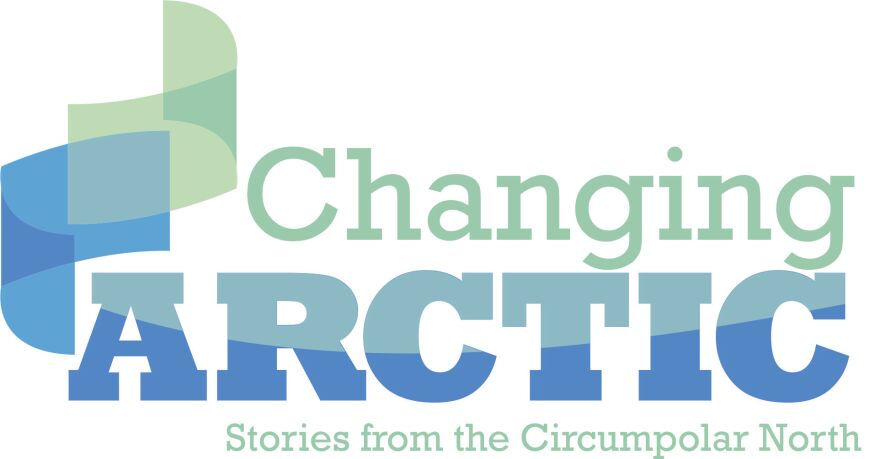Thawing permafrost threatens infrastructure …
A new study says the thawing of permafrost accelerated by a warming climate could destabilize at least a quarter of Russia’s Arctic urban infrastructure by the year 2050. And in a worst-case scenario, it could damage up to three-quarters of the roads, buildings, pipelines and other structures in the Russian Arctic by midcentury, according to the study co-authored by U.S. and Russian researchers and published recently in Geographical Review.

It’s a growing a problem all around the circumpolar north, including here in Alaska.
“That’s really what’s probably our single biggest maintenance problems with roads in the Interior of Alaska – thawing permafrost,” says Jeff Currey, a materials engineer with the Alaska Department of Transportation.
Currey said in an interview last year that the department has been trying to come up with new technologies to keep permafrost under a roadway frozen, to reduce the damage that occurs when the ground underneath buckles. But he expects engineers will be challenged to develop new technologies quickly enough, to keep up with the pace of warming.
“Depending on what model you use to project, and how far out you project,” he said, “at some point, these technologies won’t work.”

That’s a challenge engineers in the far north increasingly are encountering, says Billy Connor, who directs the Alaska University Transportation Center at the University of Alaska Fairbanks’s Institute of Northern Engineering.
“We’re seeing that some of these techniques that we are becoming accustomed to that are working very well for us may cease to work maybe sometime midcentury, because of the temperature changes,” Connor said in a conference last year.
Much of Alaska’s permafrost may have begun thawing before the Arctic began to rapidly warm over the past decade or so. Another recent study suggests the amount of permafrost on the Kenai Peninsula has decreased by some 60 percent since 1950. Permafrost is more common in the Interior and northern Alaska, but says Benjamin Jones, a U.S. Geological Survey research geographer and co-author of the study, it can be found all around the state.
“Permafrost influences roughly 80 percent of the subsurface of the state,” he said in an interview with Homer radio station KBBI.
According to the Norwegian news outlet Barents Observer, which reported last week on the joint U.S.-Russian study, buildings in the Russian Arctic city of Salekhard could begin collapsing within the next 10 years, as the ground beneath them thaws and gives way.
Editor's note: This story was revised for online publication.



